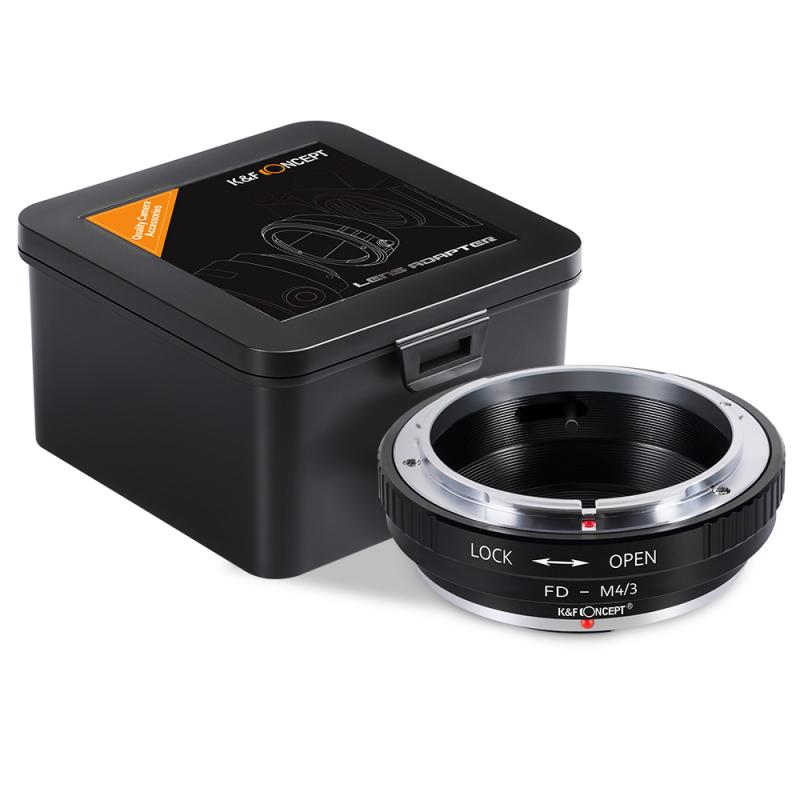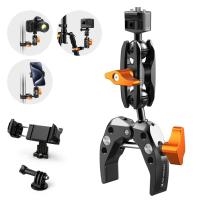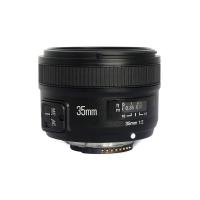How To Setup Vlan For Wifi Ip Camera ?
To set up a VLAN for a WiFi IP camera, you will need to follow these steps:
1. Log in to your router's web interface and navigate to the VLAN settings.
2. Create a new VLAN and assign it a unique VLAN ID.
3. Configure the VLAN to allow traffic from the WiFi network and the IP camera.
4. Assign the IP camera a static IP address within the VLAN.
5. Configure the WiFi network to use the VLAN ID for the IP camera traffic.
6. Test the connection to ensure that the IP camera is accessible from the WiFi network.
By setting up a VLAN for your WiFi IP camera, you can isolate its traffic from the rest of your network, which can improve security and performance. Additionally, you can prioritize the traffic for the IP camera to ensure that it receives the necessary bandwidth for smooth operation.
1、 VLAN Basics
How to setup VLAN for WiFi IP camera:
Setting up a VLAN for your WiFi IP camera is a great way to improve network security and performance. Here are the steps to set up a VLAN for your WiFi IP camera:
1. Determine the VLAN ID: The first step is to determine the VLAN ID that you want to use for your WiFi IP camera. This ID will be used to separate the camera traffic from the rest of the network.
2. Configure the switch: Once you have determined the VLAN ID, you need to configure the switch to create the VLAN. This can be done through the switch's web interface or command line interface.
3. Assign the camera to the VLAN: After creating the VLAN, you need to assign the WiFi IP camera to the VLAN. This can be done by configuring the camera's network settings to use the VLAN ID.
4. Configure the router: Finally, you need to configure the router to allow traffic between the VLAN and the rest of the network. This can be done by creating a VLAN interface on the router and configuring the routing rules.
VLAN Basics:
A VLAN, or Virtual Local Area Network, is a network technology that allows you to create multiple virtual networks within a single physical network. Each VLAN is isolated from the others, which improves network security and performance.
VLANs are commonly used in enterprise networks to separate different types of traffic, such as voice, data, and video. They can also be used to separate guest WiFi networks from the main network, or to isolate IoT devices from the rest of the network.
The latest point of view on VLANs is that they are becoming increasingly important in the age of IoT and smart devices. With more and more devices connecting to the network, it is important to have a way to separate and manage the traffic. VLANs provide a flexible and scalable solution to this problem.

2、 VLAN Configuration for IP Cameras
Setting up VLANs for IP cameras is a great way to improve network security and performance. VLANs allow you to segment your network into smaller, more manageable sub-networks, which can help reduce the risk of unauthorized access and improve network performance by reducing broadcast traffic.
To set up VLANs for your IP cameras, you will need to follow these steps:
1. Determine the VLAN structure: Decide on the number of VLANs you need and the IP address range for each VLAN.
2. Configure VLANs on the switch: Configure VLANs on the switch that the IP cameras are connected to. This can be done through the switch's web interface or command line interface.
3. Assign VLANs to IP cameras: Assign each IP camera to the appropriate VLAN. This can be done through the camera's web interface or through the switch's port configuration.
4. Configure VLAN routing: If you need to allow communication between VLANs, you will need to configure VLAN routing on your router or layer 3 switch.
5. Test and monitor: Test the VLAN configuration to ensure that the IP cameras are functioning properly and monitor the network for any issues.
It is important to note that VLANs are not a substitute for proper network security measures such as strong passwords, firewalls, and regular software updates. However, they can be a valuable tool in improving network security and performance.

3、 VLAN Tagging
How to setup VLAN for WiFi IP camera:
VLAN tagging is a technique used to create multiple virtual networks on a single physical network. This technique is commonly used to segregate traffic and improve network security. Setting up VLAN for WiFi IP camera involves the following steps:
1. Create a VLAN: The first step is to create a VLAN on the network switch. This can be done by accessing the switch's web interface and navigating to the VLAN configuration page.
2. Assign ports to the VLAN: Once the VLAN is created, the next step is to assign ports to the VLAN. In this case, the port that the WiFi IP camera is connected to should be assigned to the VLAN.
3. Configure the WiFi IP camera: The next step is to configure the WiFi IP camera to use the VLAN. This can be done by accessing the camera's web interface and navigating to the network settings page. Here, the VLAN ID should be entered in the appropriate field.
4. Test the connection: Once the VLAN is configured, the connection should be tested to ensure that the camera is able to communicate with the rest of the network.
In addition to improving network security, setting up VLAN for WiFi IP camera can also improve network performance by reducing network congestion. It is important to note that VLAN tagging requires a network switch that supports VLANs.

4、 VLAN Trunking
How to setup VLAN for WiFi IP camera:
To setup VLAN for WiFi IP camera, you need to follow the below steps:
1. Create a VLAN: First, you need to create a VLAN on your network switch. This can be done by accessing the switch's web interface and navigating to the VLAN configuration page.
2. Assign a VLAN ID: Once you have created the VLAN, you need to assign a VLAN ID to it. This ID will be used to identify the VLAN on the network.
3. Configure the switch port: Next, you need to configure the switch port that the WiFi IP camera is connected to. You will need to assign the port to the VLAN you created in step 1.
4. Configure the WiFi IP camera: Finally, you need to configure the WiFi IP camera to use the VLAN you created. This can be done by accessing the camera's web interface and navigating to the network settings page.
VLAN Trunking:
VLAN trunking is a technique used to carry multiple VLANs over a single network link. This is done by tagging each packet with a VLAN ID, which allows the switch to differentiate between different VLANs.
The latest point of view on VLAN trunking is that it is a useful technique for simplifying network management and improving network performance. By using VLAN trunking, network administrators can reduce the number of physical network links required, which can help to reduce costs and improve network efficiency.
Overall, VLAN trunking is a powerful tool for network administrators, and it is likely to continue to be an important technique for managing modern networks.





















-200x200.jpg)









